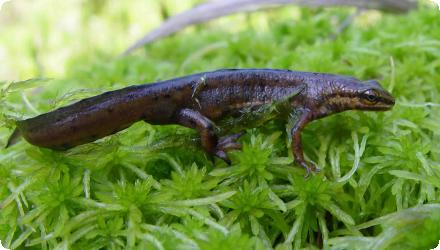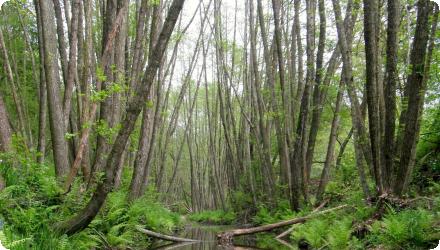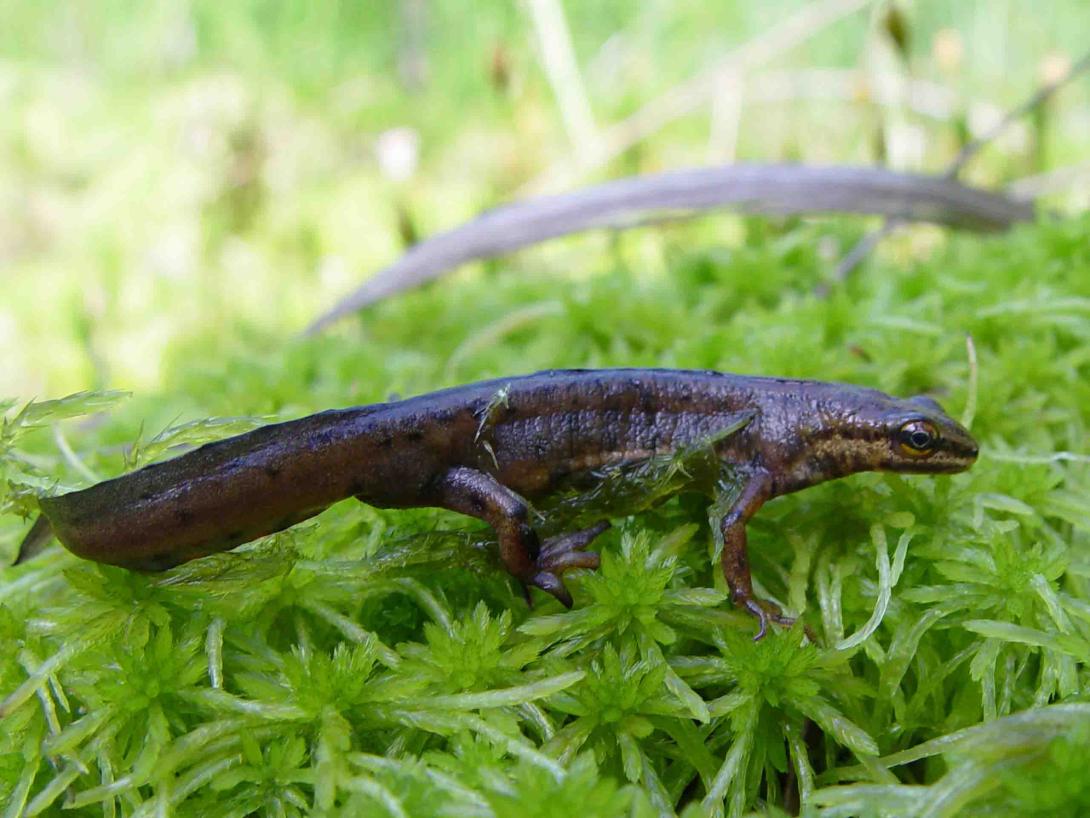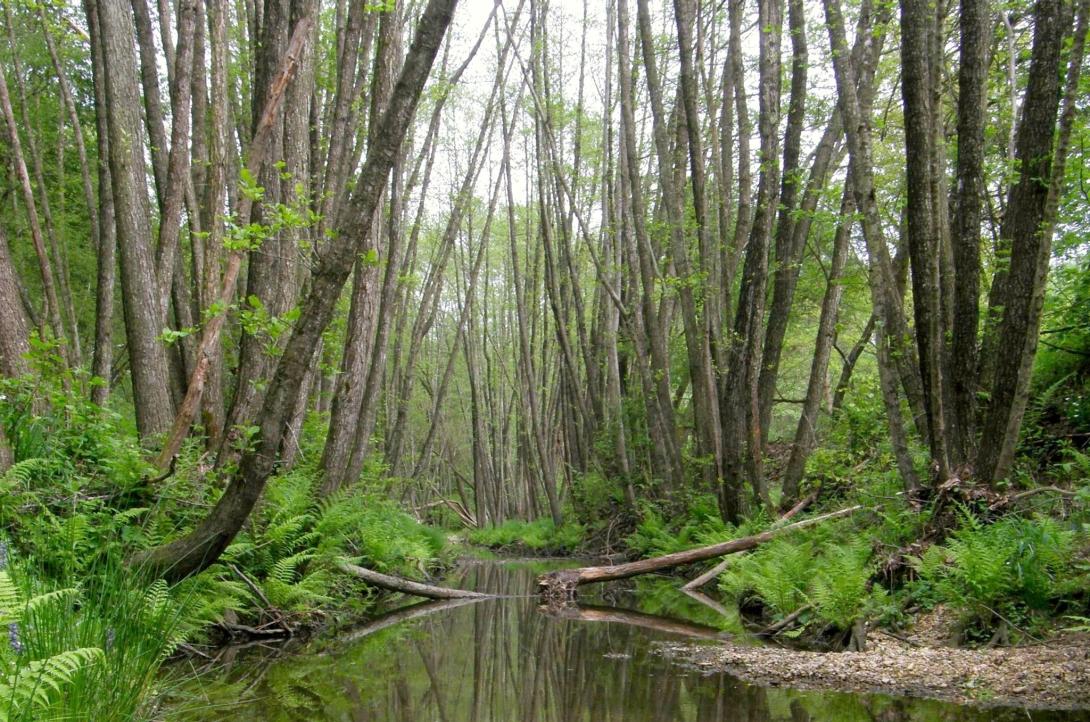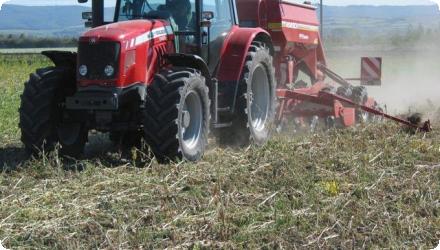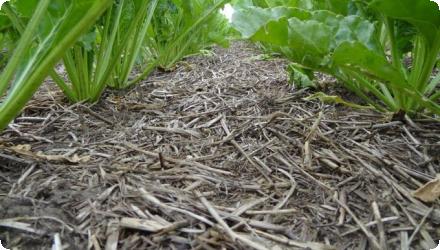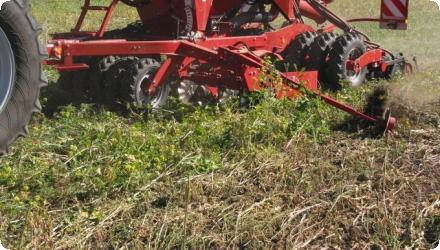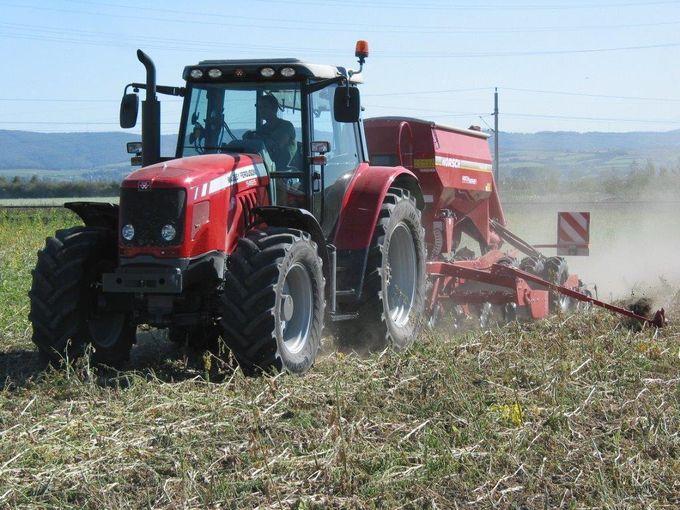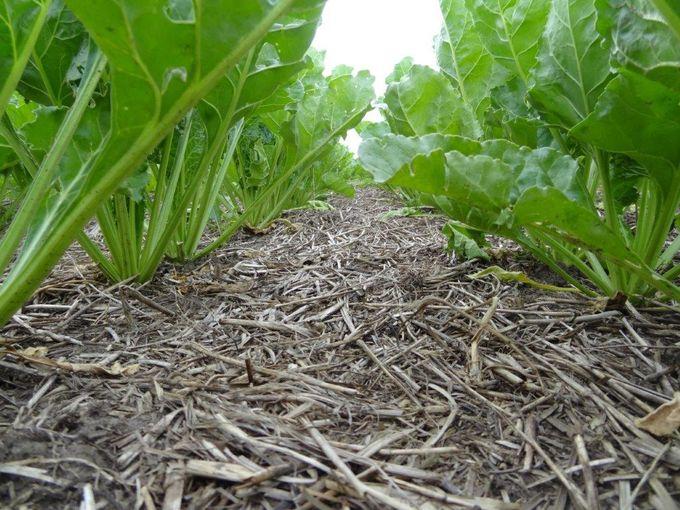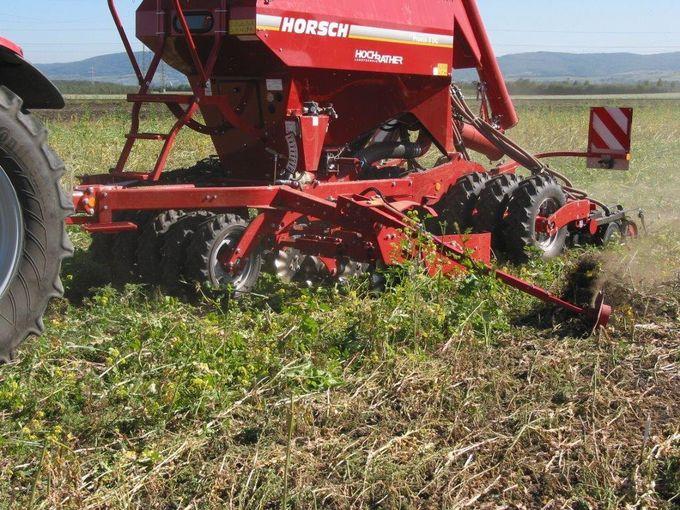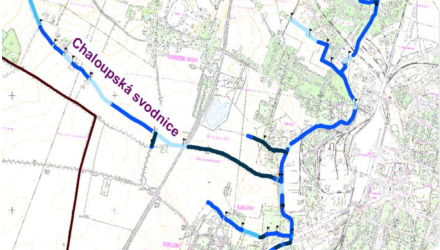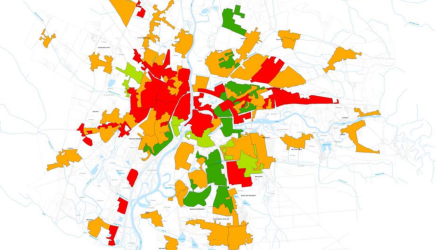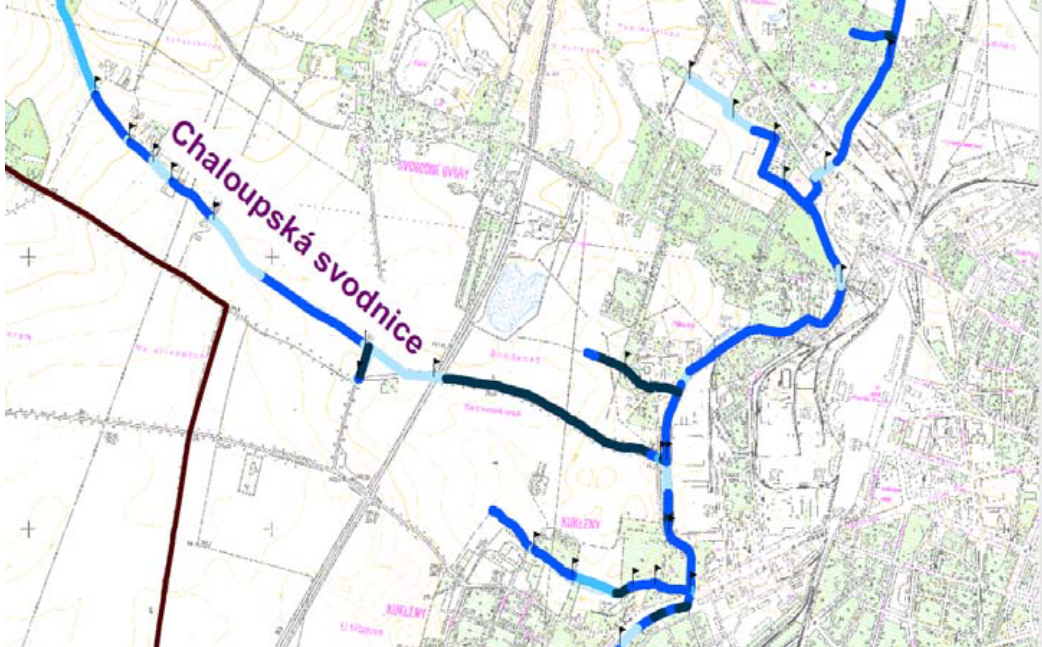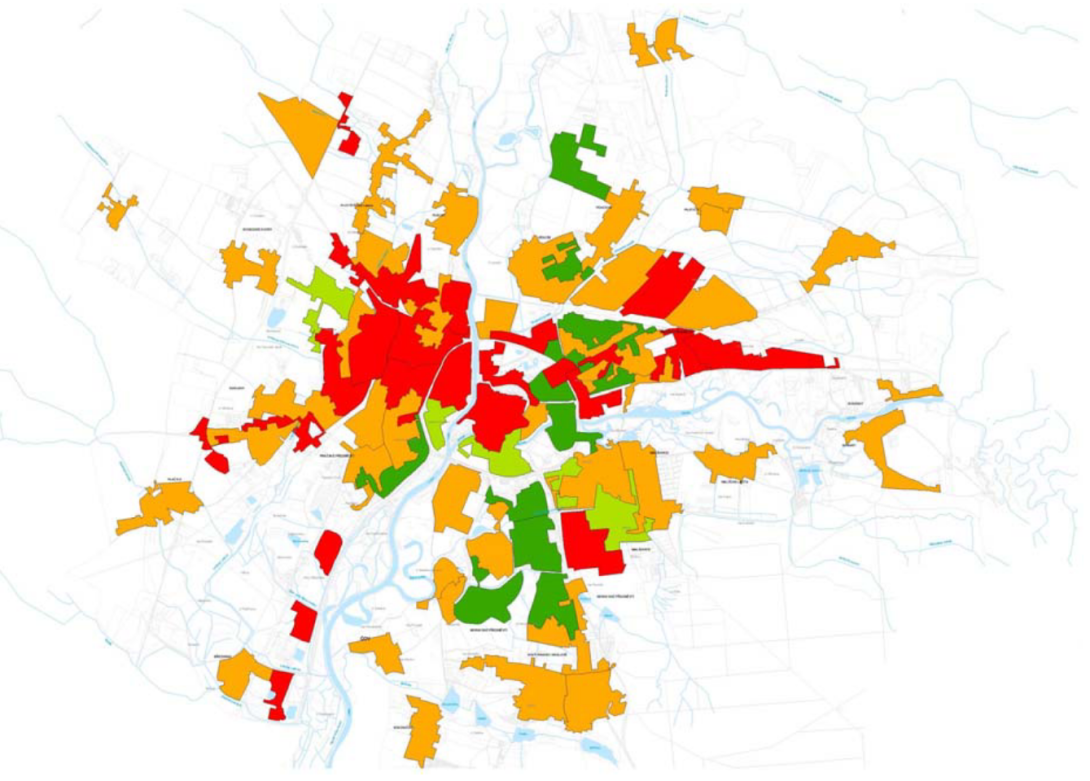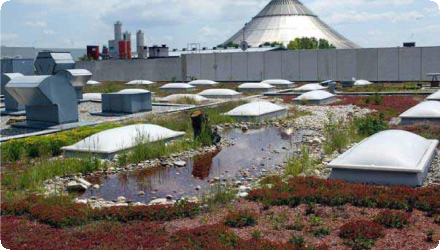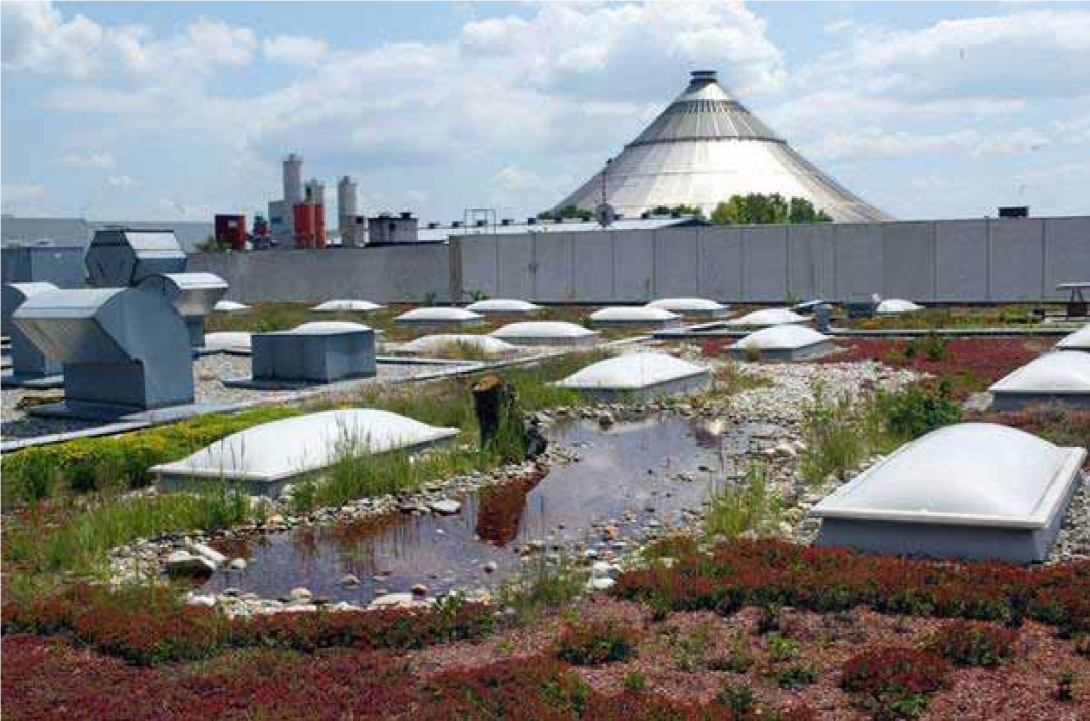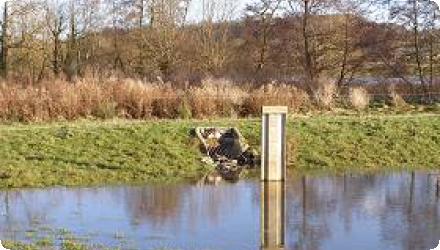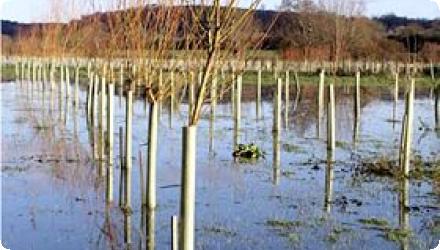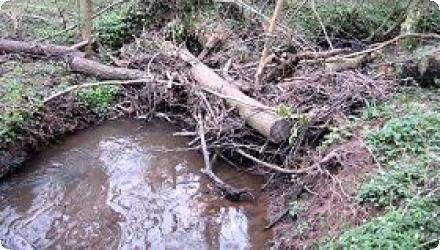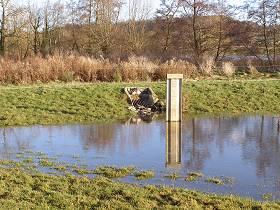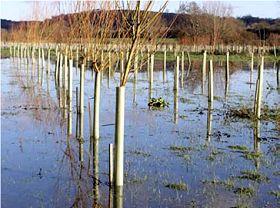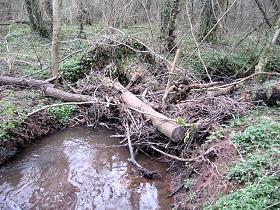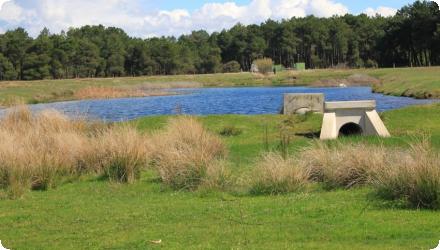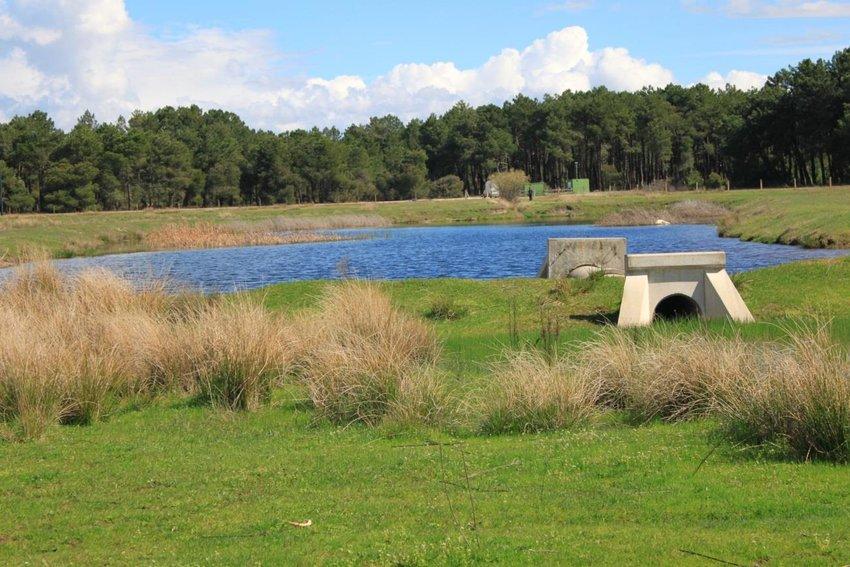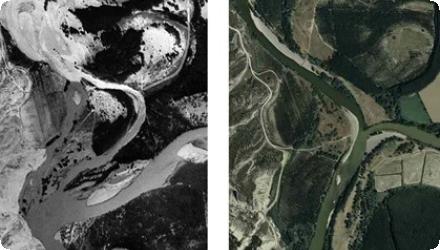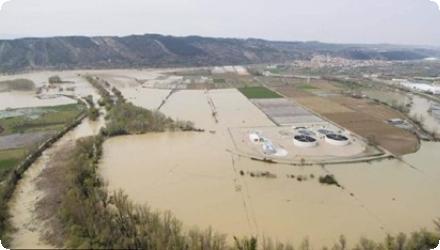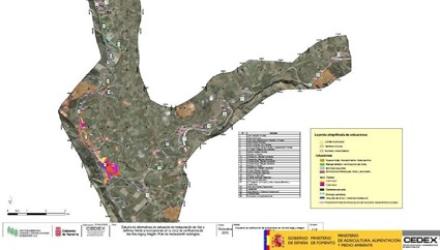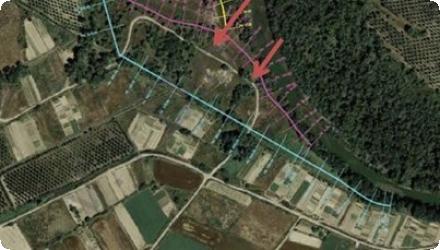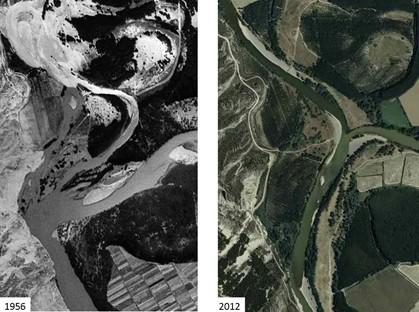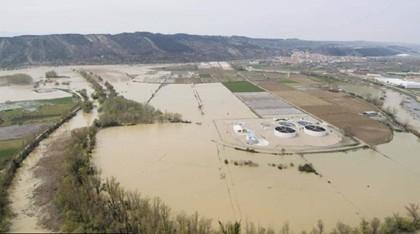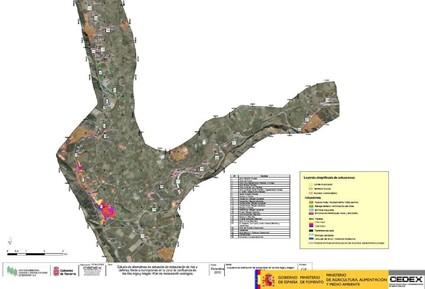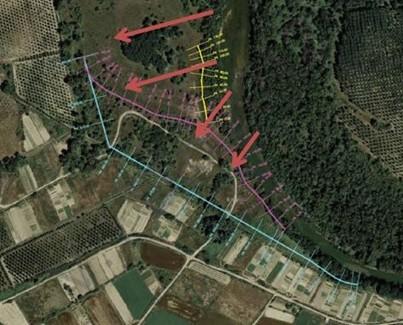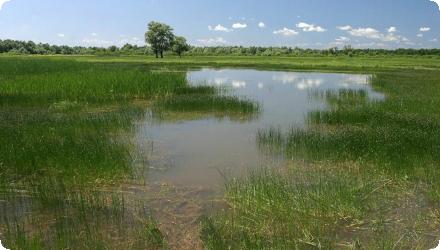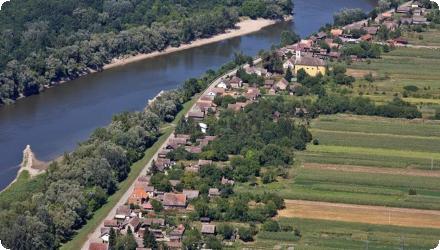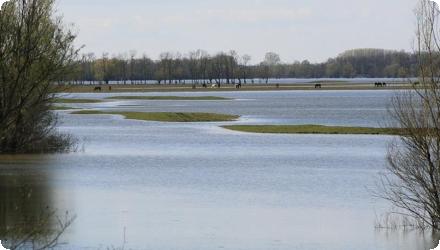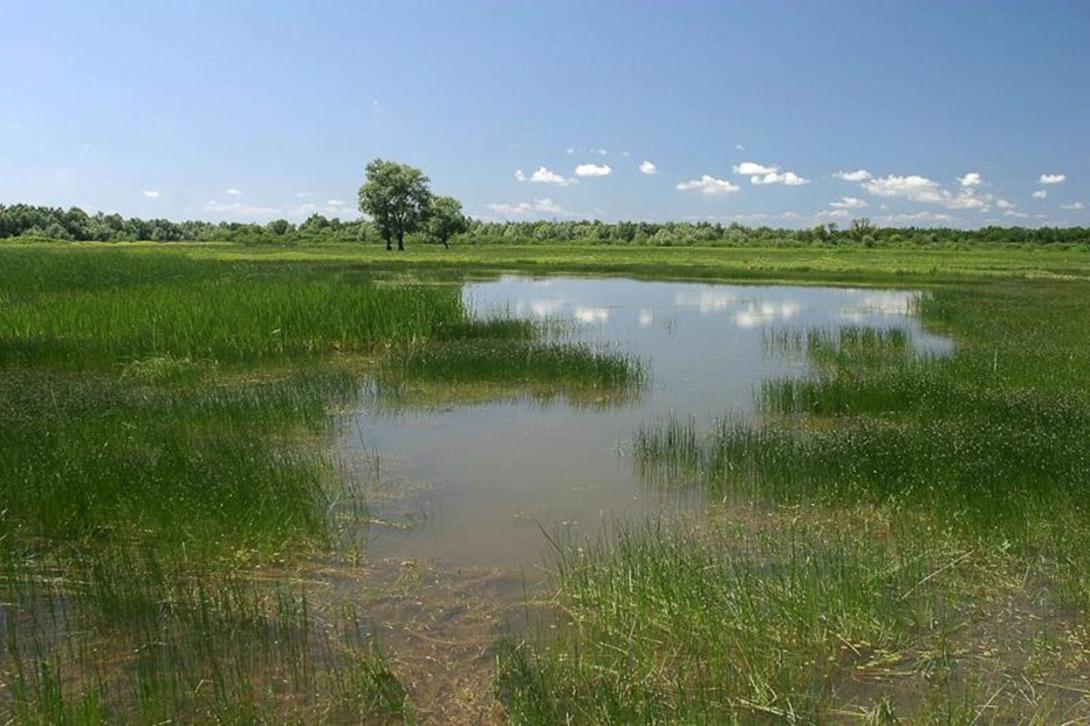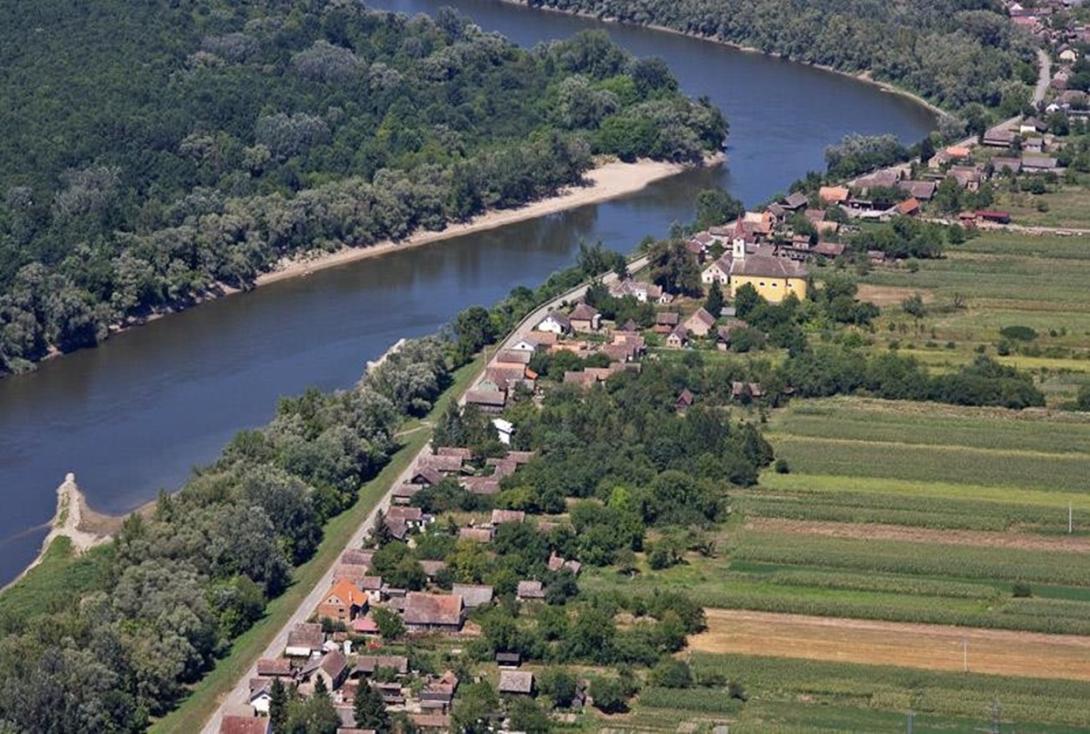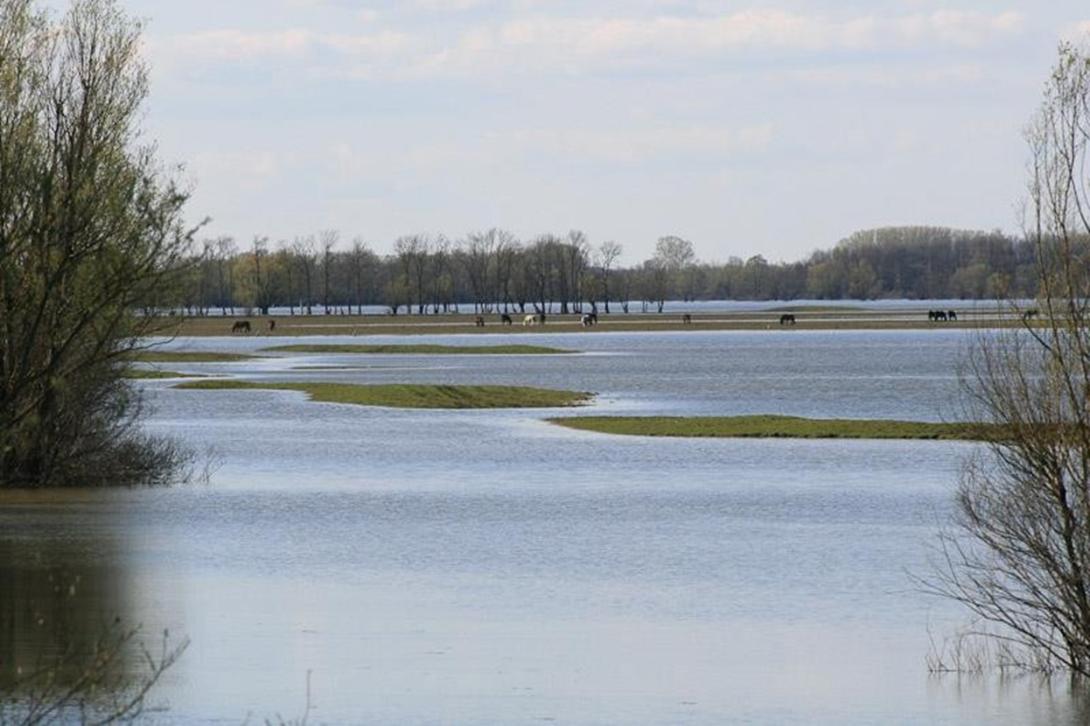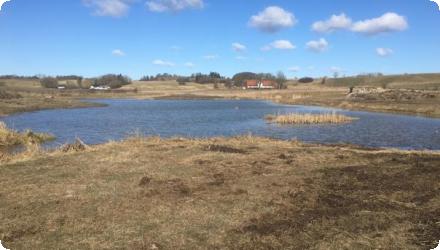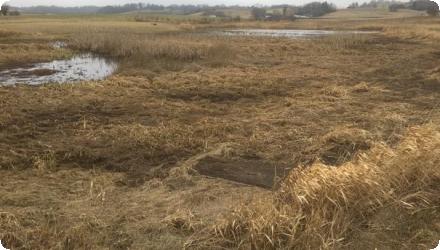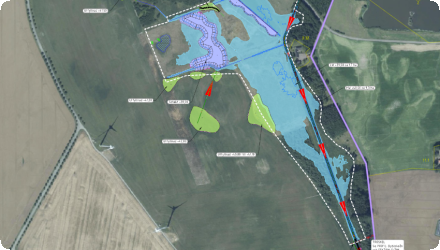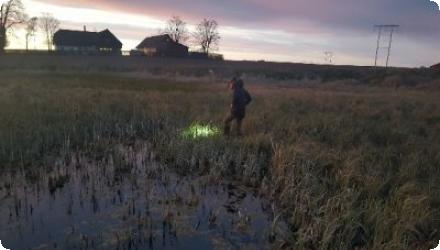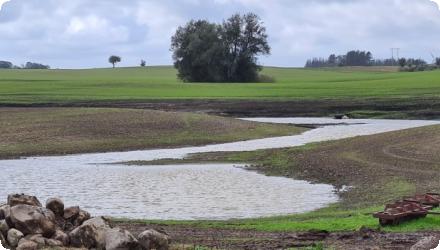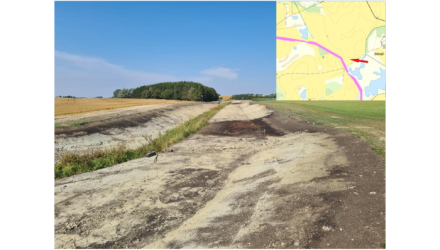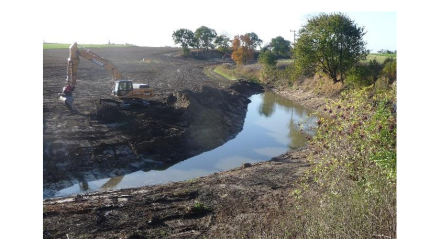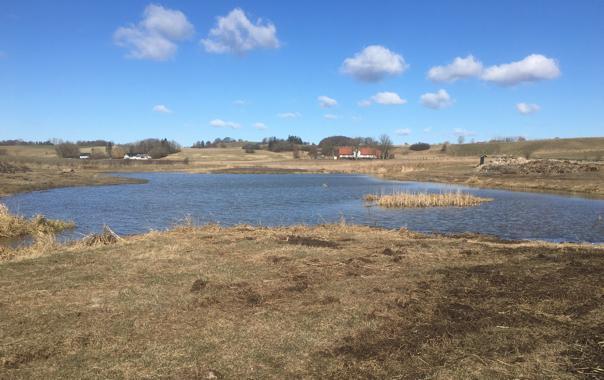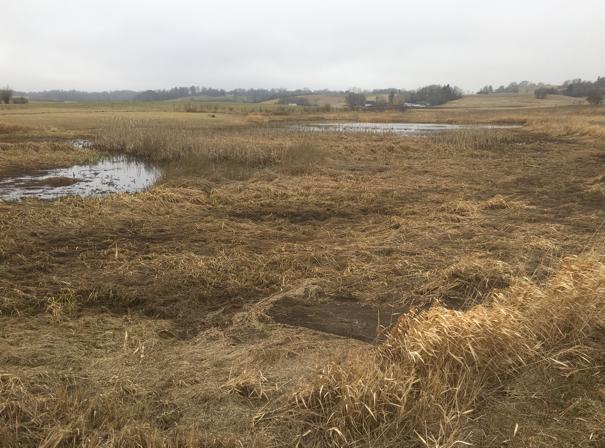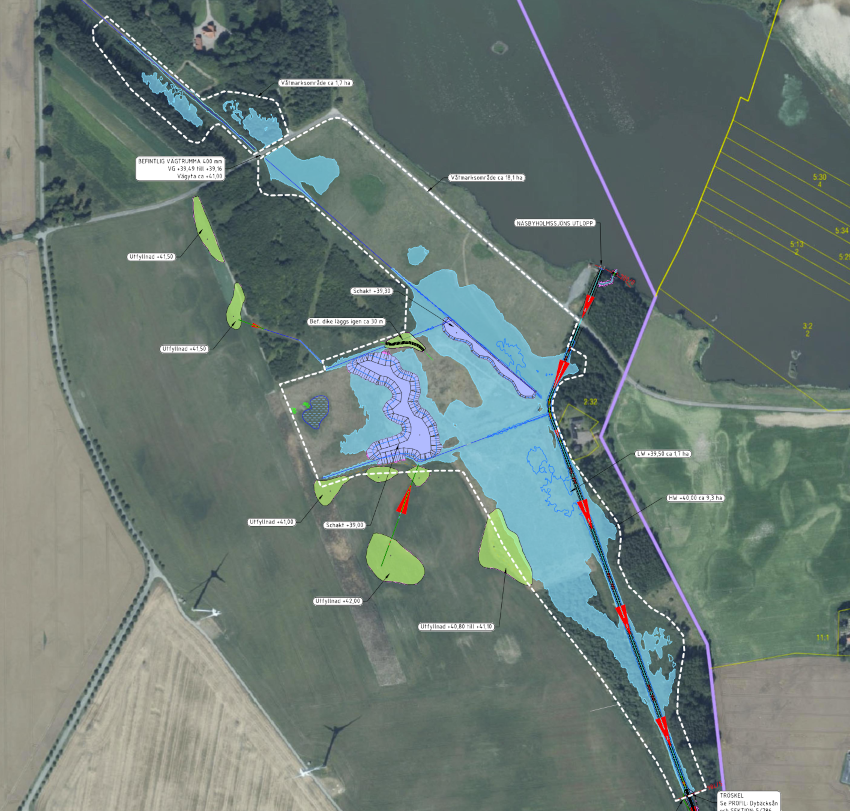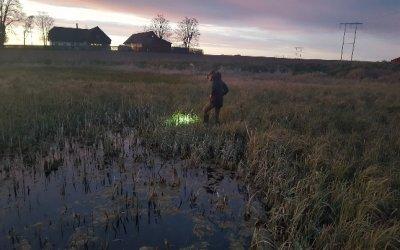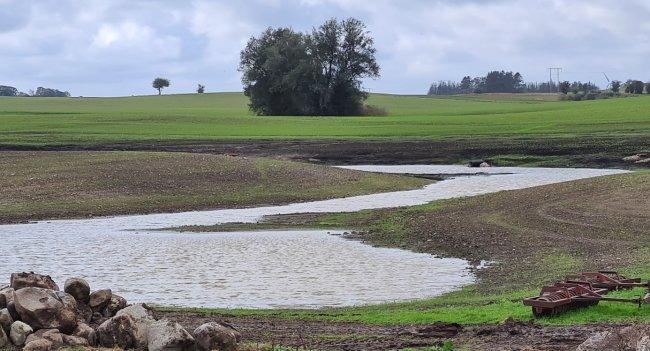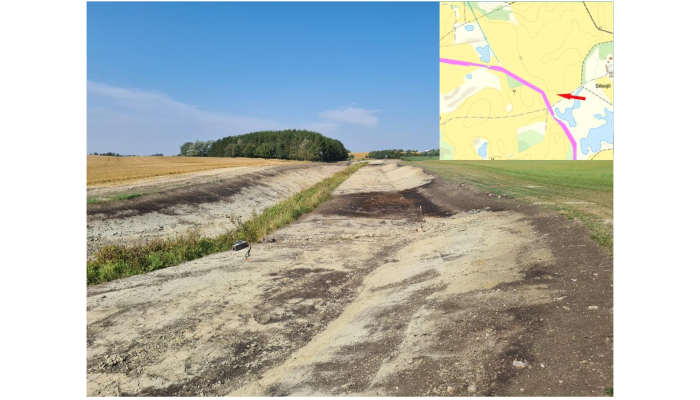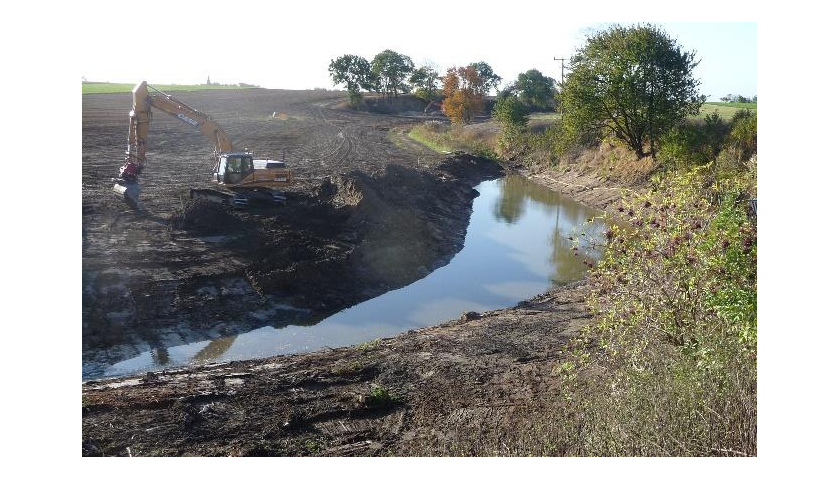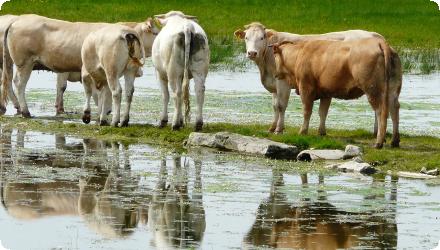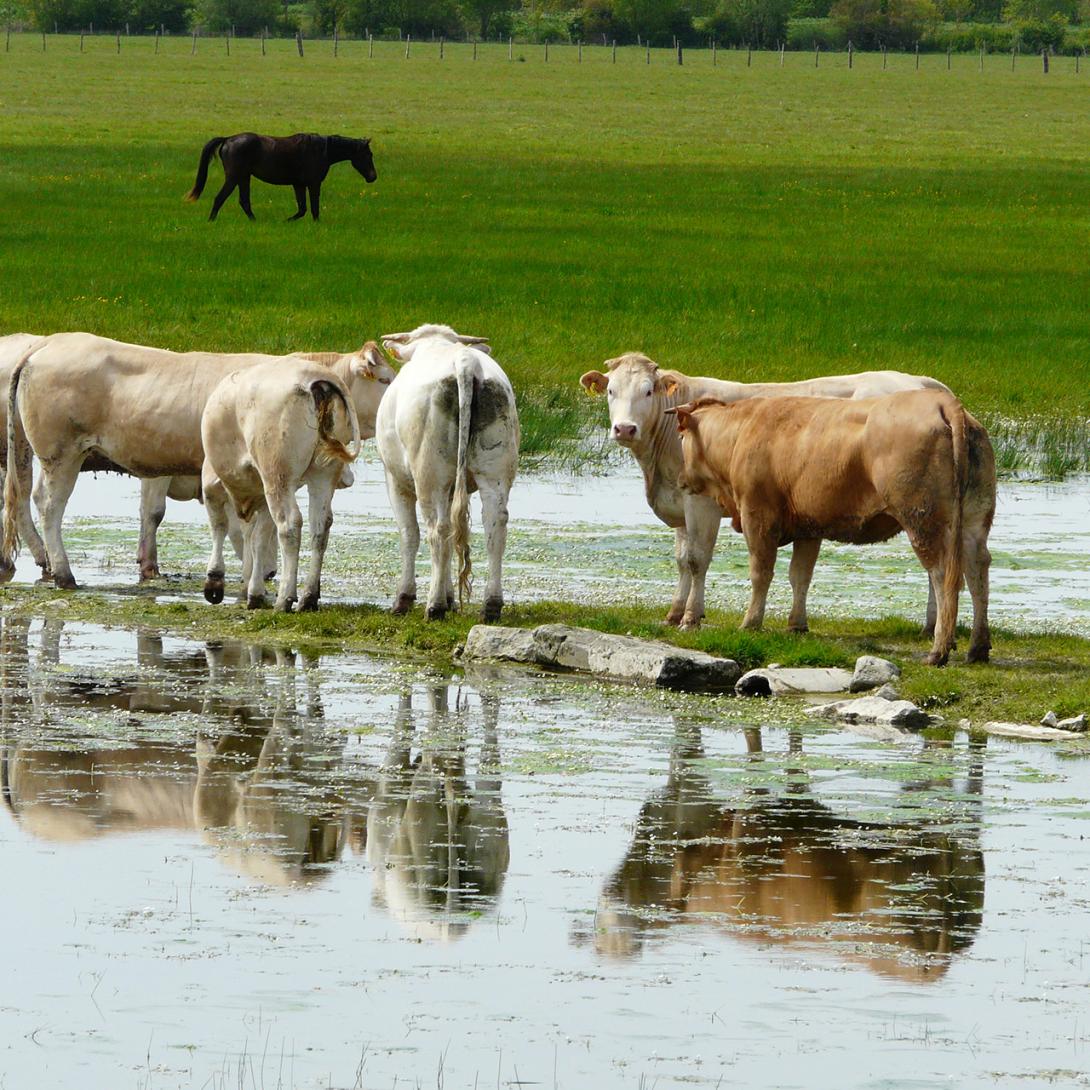Photo gallery
Summary
Three measures were implemented in the Őrség National Park to rehabilitate habitats, all with water retention benefits. (1) Ponds were created in forests to collect run-off from forestry roads, providing safe breeding grounds for reptiles instead of temporary roadside puddles. (2) Shelterbelts, groves and wetlands were re-vegetated on agricultural land where such landscape elements had been removed about 50 years earlier. (3) Closures were built in drainage channels to allow seasonal flooding of alder (Alnus) forests and wet meadows, enhancing habitat quality and ecological connectivity along the Csörnöc stream.
Since then, restoration efforts have expanded. The Park Directorate and partners have secured significant new funding (2025) to restore wetlands, hay meadows and riparian zones. The ongoing “Living Landscape” project (2024–2026), led by the Barn Owl Foundation with the park’s involvement, is restoring a diverse landscape mosaic along the Hungarian Green Belt. Actions include creating new wetlands and ponds, re-establishing hedgerows and tree lines, and improving landscape connectivity. Earlier, agri-environment initiatives (e.g. 2021 “Dream contract” approach) promoted small-scale, multifunctional farming and micro-habitat creation, reinforcing both biodiversity and water retention in the park’s cultural landscape.
Since then, restoration efforts have expanded. The Park Directorate and partners have secured significant new funding (2025) to restore wetlands, hay meadows and riparian zones. The ongoing “Living Landscape” project (2024–2026), led by the Barn Owl Foundation with the park’s involvement, is restoring a diverse landscape mosaic along the Hungarian Green Belt. Actions include creating new wetlands and ponds, re-establishing hedgerows and tree lines, and improving landscape connectivity. Earlier, agri-environment initiatives (e.g. 2021 “Dream contract” approach) promoted small-scale, multifunctional farming and micro-habitat creation, reinforcing both biodiversity and water retention in the park’s cultural landscape.
Last update
2025
